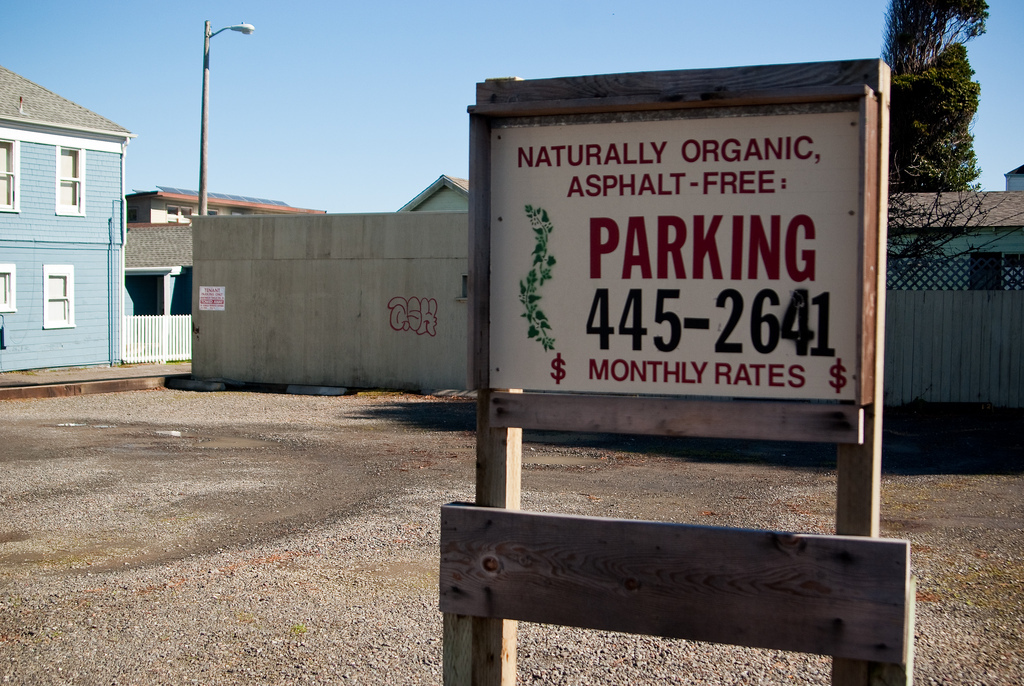What Does “Organic” Mean For Non-Edible Items? Not Much, Necessarily
Depending on the type of food, “organic” could mean that a packaged product has no genetically modified ingredients, that a vegetable was grown without synthetic fertilizers, or that a meat animal was raised without the use of growth hormone injections or antibiotics. For other products, what it should mean is clear: organic cotton fabric, for example, comes from cotton plants grown using organic agriculture methods.
When it comes to shampoo or dry cleaners, though, how do you know that something marketed as “organic” really meets the standards? What are the standards for organic shampoo, anyway? There is no government body regulating what that word means and certifying products. Industries have their own certifications, but the average consumer doesn’t know what “NSF/ANSI 305” means, or know to look for that on the label of their soap.
The Associated Press reports that this leaves consumers in a difficult spot, and end up depending on retailers. Whole Foods, for example, set its own standards for body care products in the absence of any government agencies overseeing that industry. They have a list of ingredients that are banned, like triclosan and microbeads.
The meaning of ‘organic’ hazy for nonfood items [Associated Press]
Want more consumer news? Visit our parent organization, Consumer Reports, for the latest on scams, recalls, and other consumer issues.


